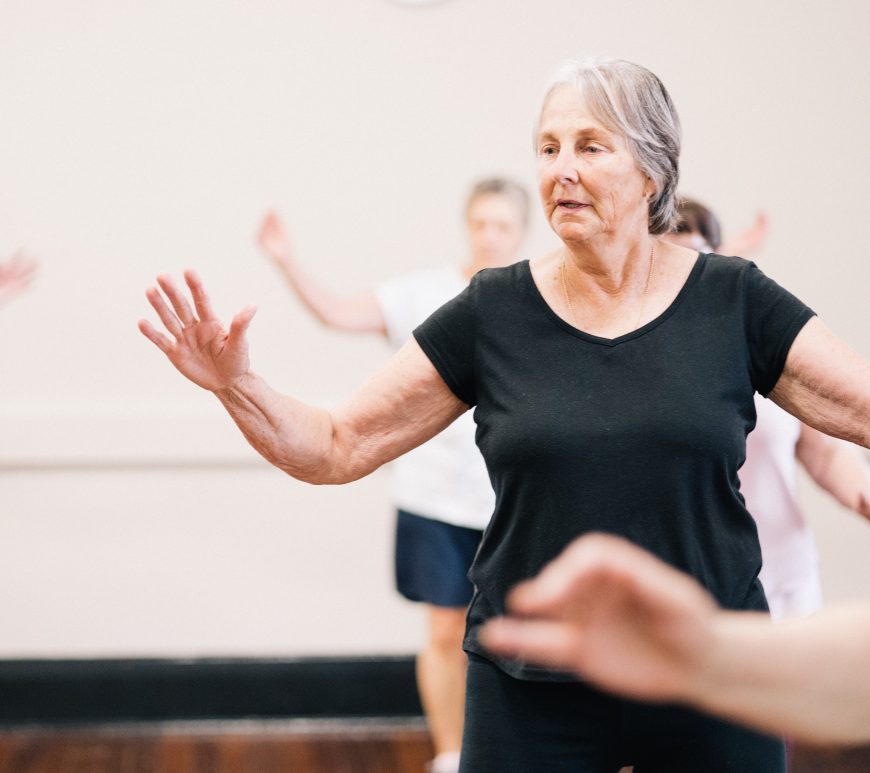
Can home-based training sustain glycemic control in older adults with type 2 diabetes?
Type 2 diabetes is a prevalent metabolic disorder affecting older individuals, necessitating effective strategies to manage glycemic control. In 2005 study conducted by David W Dunstan et al., delved into the potential of home-based resistance training to uphold the gains achieved through supervised training. The research aimed to determine if the beneficial effects on glycemic control and body composition, achieved via a structured high-intensity progressive … Continue reading Can home-based training sustain glycemic control in older adults with type 2 diabetes?

